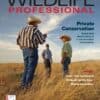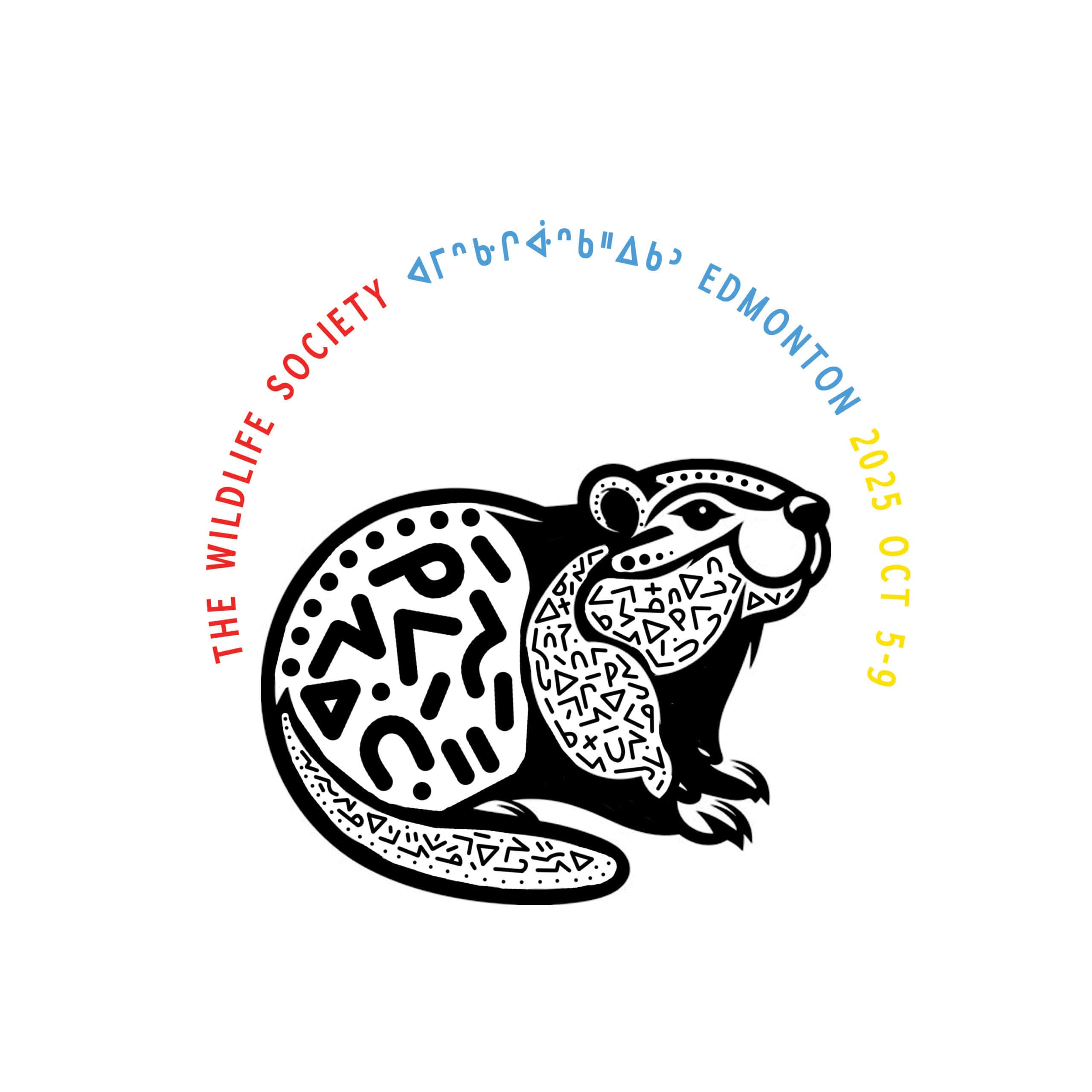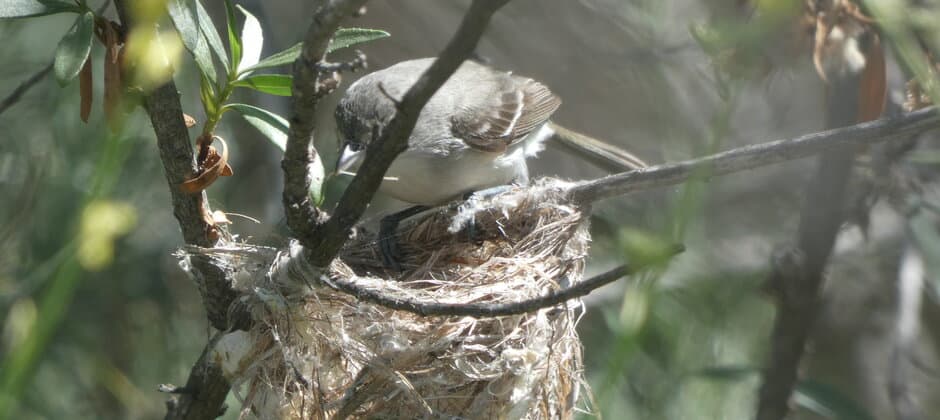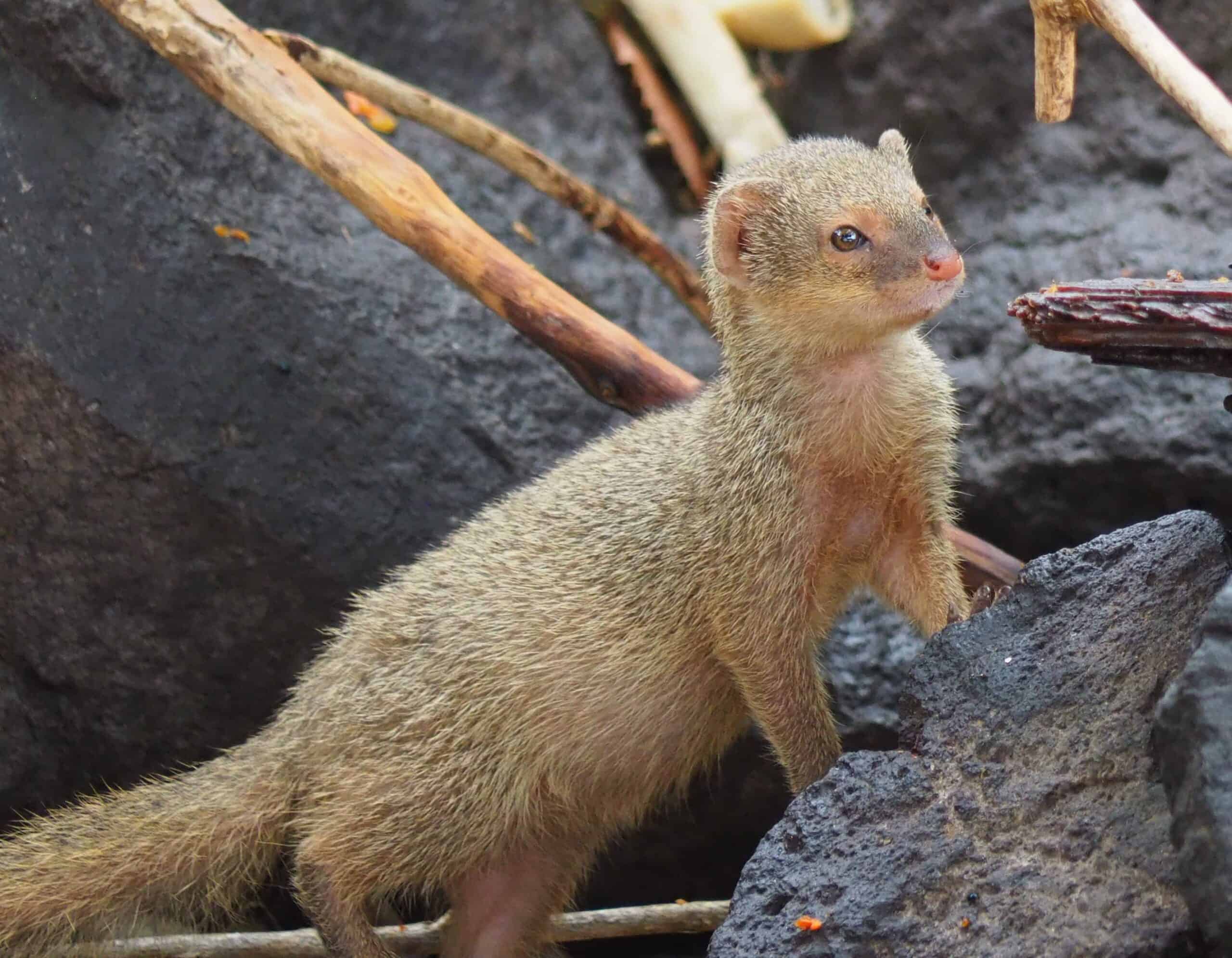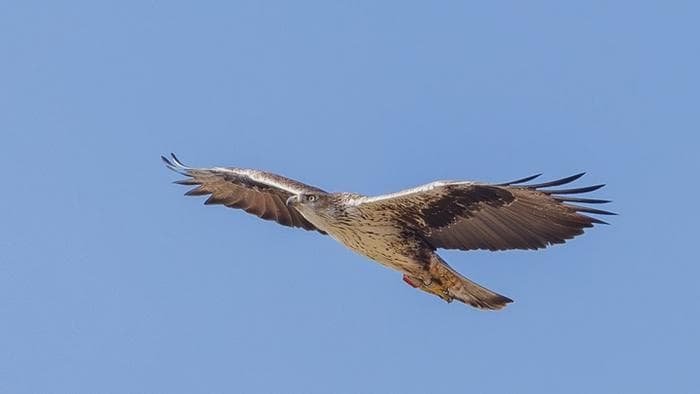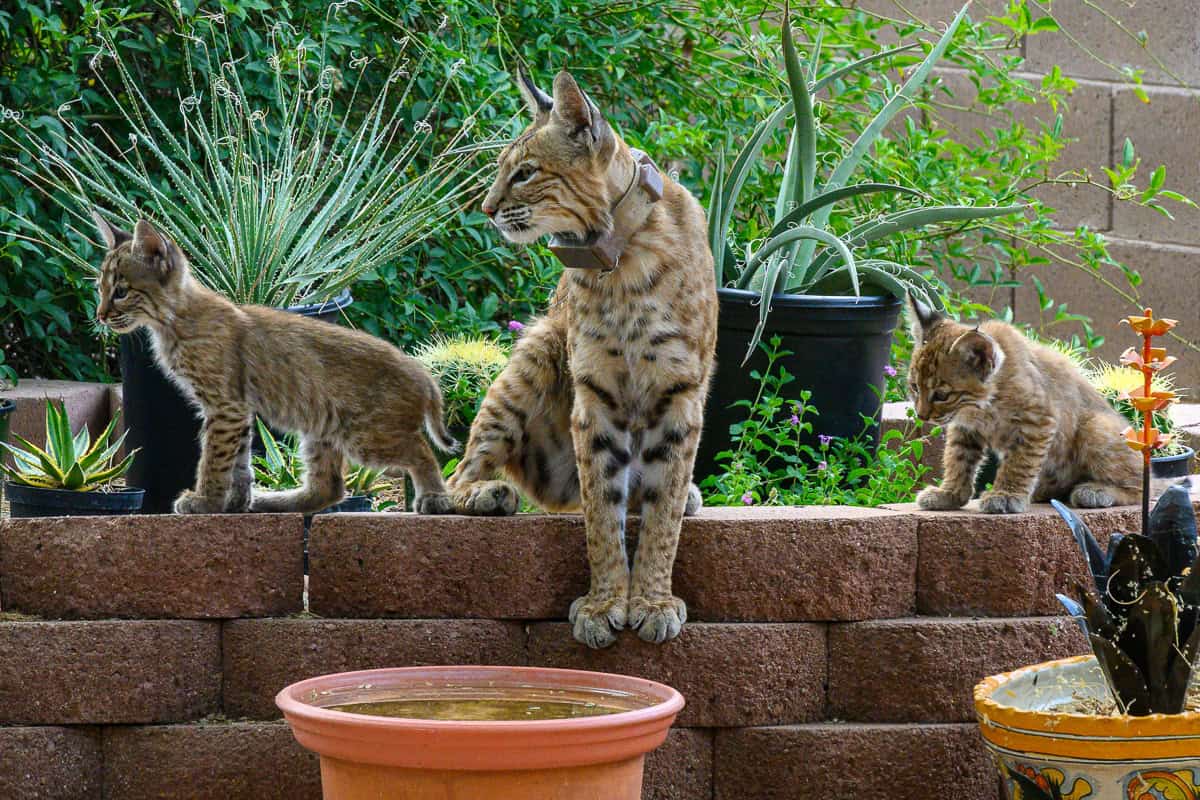Share this article
JWM: What strategies protect vireo nests from cowbird parasitism?
When it comes to raising chicks, brown-headed cowbirds have a strategy that would infuriate helicopter parents—they let other species do it.
Female cowbirds visit the nests of typically smaller songbirds to lay their own eggs when the songbird parents are not around. Brown-headed cowbird (Molothrus ater) chicks have evolved to hatch earlier and grow faster than the songbird chicks in the nest.
“Cowbird chicks develop more rapidly, and the host parents feed all the babies—both the cowbird chicks and their own chicks,” said Sophie Parker, a lead scientist at the California chapter of The Nature Conservancy (TNC).
This causes the parents to work overtime to feed uncharacteristically large chicks, while their biological offspring may not even survive to fledging. “Cowbird chicks can smother songbird chicks,” Parker said.
Cowbirds are well-integrated into many of the ecosystems where they are found. But these birds only recolonized the Santa Clara River area in California about 120 years ago—they last time they were found in the area was the Ice Age.
This parasitism has become a problem for least Bell’s vireo (Vireo bellii pusillus), a federally endangered species that nests around the Santa Clara. Habitat loss primarily affects the birds, but the presence of cowbirds is making recovery a challenge in the few suitable ecosystems that remain for the birds along the Santa Clara River. That’s especially true since cowbirds can sometimes lay up to one egg a day during breeding season.
As a result, conservationists from The Nature Conservancy have been working to control cowbird parasitism on their land in the area for about two decades. Usually, this involves using a type of bird trap originally invented to capture crows in Australia. It involves putting a few cowbirds, with food and shade, in a cage with a horizonal slit that serves as a one-way door. The goal is for these cowbirds to attract others. Cowbirds may lack the affinity for spending time around their own young. But, “they’re social—they like to be with other cowbirds,” Parker said.
But these cowbird traps have to be monitored, since other native species like California towhees (Melozone crissalis), yellow-headed blackbirds (Xanthocephalus xanthocephalus) and others sometimes end up trapped inside. Even though traps are checked every day, captured birds cannot feed or incubate their chicks, and their populations could suffer as a result.
“The number of individuals of other species that are caught can be high—it could be a problem,” Parker said.
Parker and her colleagues wanted to see whether they could adapt their control strategy to better target cowbirds with less bycatch. In a study published recently in the Journal of Wildlife Management, they detailed the performance of these alternate strategies for capturing cowbirds along the Santa Clara River based on experiments conducted between 2016 and 2018.
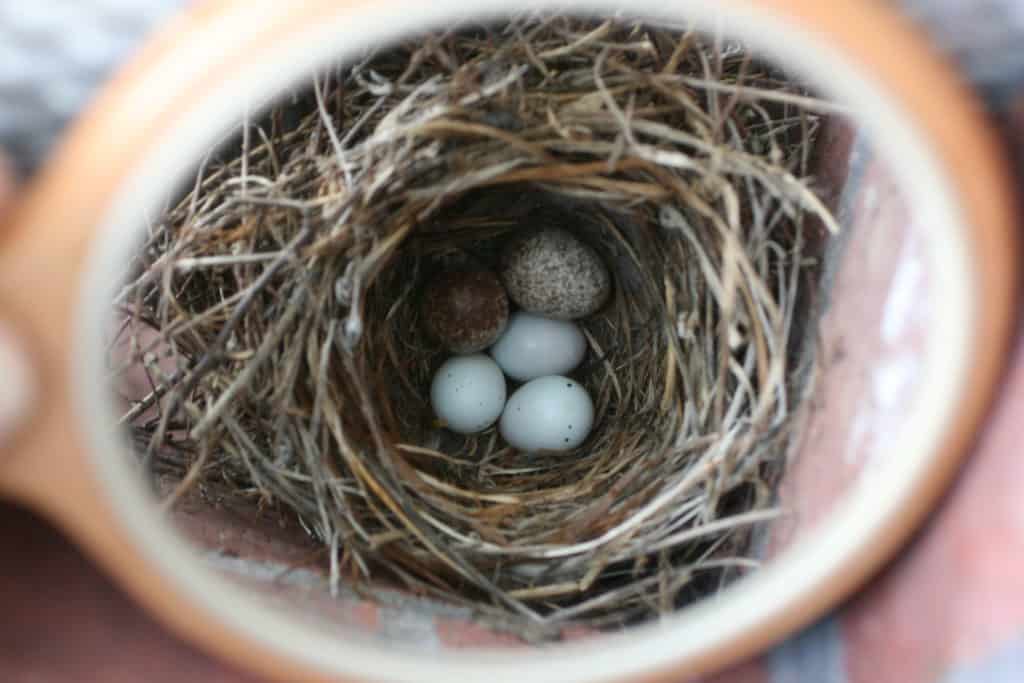
Two brown-headed cowbird eggs sit in a house finch (Haemorhous mexicanus) nest among three of the parent’s own eggs. Credit: popo.uw23
In one strategy, the researchers reduced the trapping time from three to two months. This strategy helped reduce the cost of cowbird control, reduced bycatch and managers still effectively controlled cowbird parasitism, Parker said.
“You don’t necessarily need a long time to capture cowbirds, you just need to focus on when they would be the most harmful to host species,” Parker said.
The researchers also tried another strategy. They placed a taxidermy female cowbird on a perch near a mist net, accompanied with the playback of female cowbird sounds. While this strategy has worked for researchers in other environments, Parker and her colleagues had little success capturing cowbirds in the nets during their experiments.
In their final experiment, they monitored least Bell’s vireo nesting areas. They used the same cowbird traps, but only put them out when staff observed cowbirds. Once they trapped the cowbirds, they ended their experiment.
While this technique depends on having staff on the ground to monitor cowbirds, it results in much less bycatch. “Since we conducted these experiments, we’ve been using shorter-duration trapping methods on TNC property, and it’s been very effective,” Parker said.
Parker hopes this kind of management will help the least Bell’s vireo recover in the area. It’s also possible that the shorter duration trapping techniques could work in other areas where cowbird parasitism is causing a problem for species of conservation concern.
“It’s possible to take an experiment like this, and try it in other locations and see how it goes,” she said.
This article features research that was published in a TWS peer-reviewed journal. Individual online access to all TWS journal articles is a benefit of membership. Join TWS now to read the latest in wildlife research.
Header Image:
A least Bell’s vireo on a nest. Brown-headed cowbirds parasitize the nests of these and other species.
Credit: René Corado at the Western Foundation of Vertebrate Zoology

